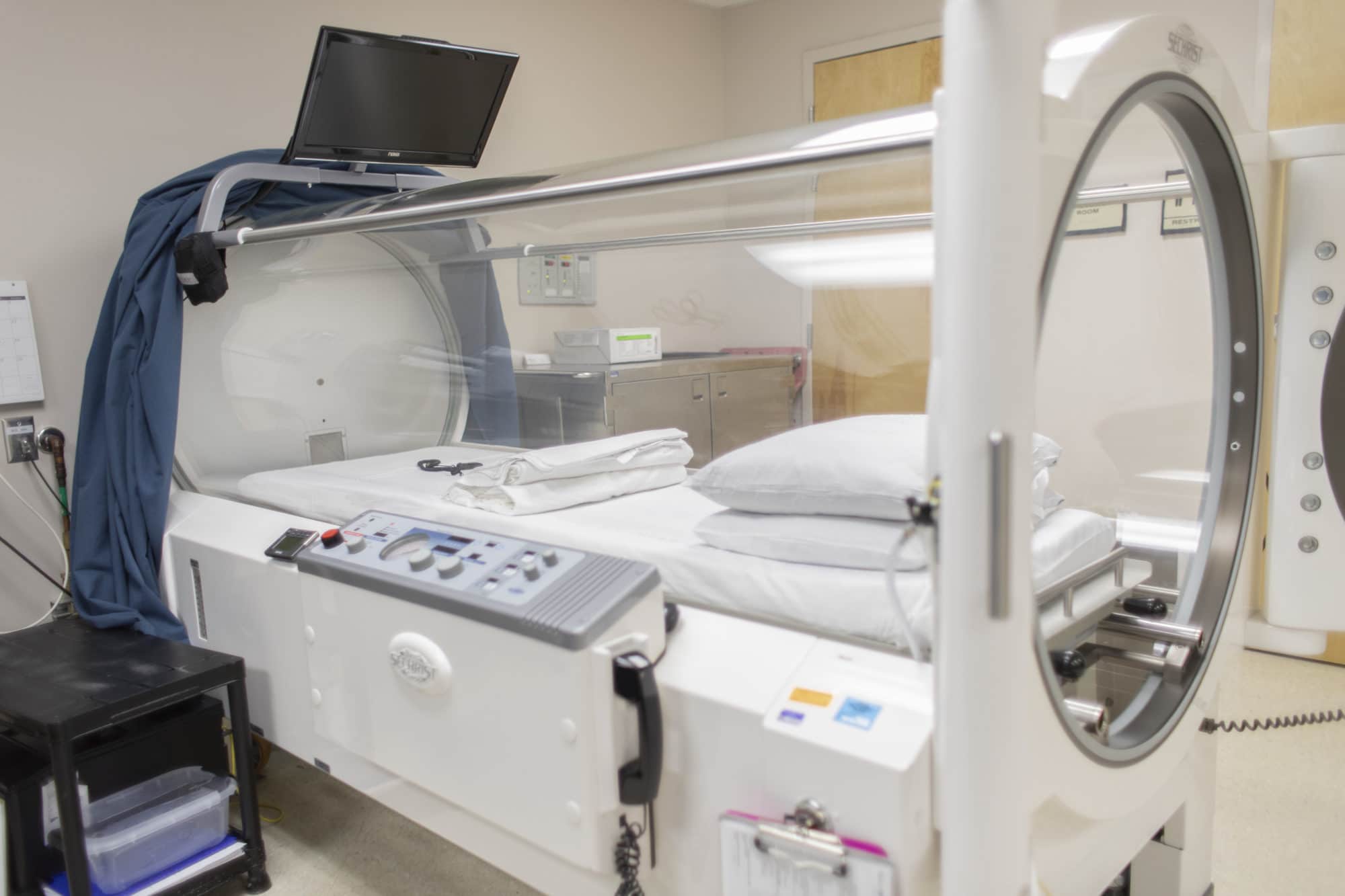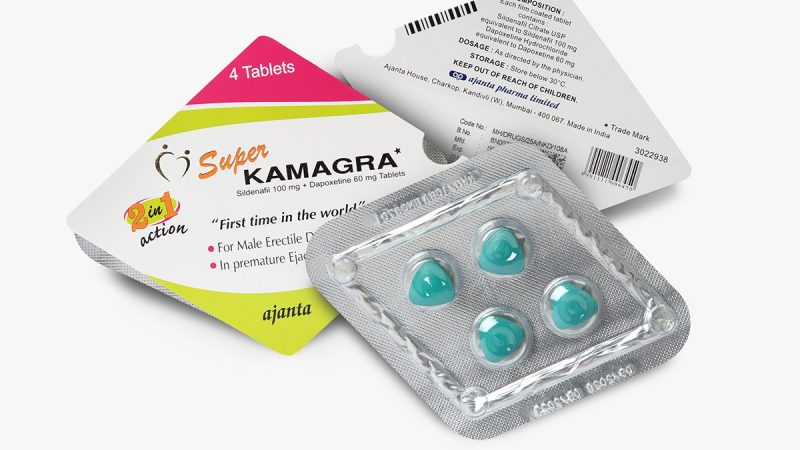What Is Hyperbaric Oxygen Therapy?

Hyperbaric oxygen therapy, also known as HBOT, is a type of treatment that uses oxygen to treat certain conditions. The treatment has a long history, with the earliest reports of its use dating back to the 1600s. Hyperbaric oxygen therapy utilizes ambient pressure that is higher than the atmospheric pressure at sea level. The pressure is increased in a controlled manner until it is twice or three times the normal air pressure. The increase in pressure, along with the hoods or masks used by the patient for breathing, also increases the amount of oxygen that is taken into the lungs. Combined with the pressurization, the blood also absorbs more oxygen, delivering it to the organs and body parts where it is needed most.
Why is extra oxygen important? Extra oxygen in the blood helps improve the body’s natural ability to heal itself by fighting infection. It is also known to stimulate the release of growth factors and stem cells. This treatment makes it ideal for the treatment of slow-healing or non-healing wounds and infections.
HBOT is performed inside a hyperbaric chamber which is a rigid pressure chamber shell. A single-occupant chamber usually has one entry hatch through which the patient is wheeled in on a gurney. Multiple-occupant chambers feature an entry lock through which the patient may enter or exit. The chamber has a transparent window or is connected to a closed-circuit television so medical staff may monitor and observe the patient from outside the chamber. The patient may also communicate with the medical staff or technicians via an intercom system.
A hyperbaric oxygen therapy chamber may be either a monoplace chamber or a multiplace chamber. A monoplace chamber is built to fit a single individual while a multiplace chamber can be used by two or more individuals at the same time. Patients who use a multiplace chamber typically put on hoods or masks to facilitate the delivery of oxygen.
What Types of Health Issues Does Hyperbaric Oxygen Therapy Treat?
HBOT is mainly used for the treatment of illnesses related to diving. However, it is also known to be effective in the treatment of certain conditions, such as:
- anemia induced by severe bleeding
- gas or air embolism
- burns from fire or heat
- carbon monoxide poisoning
- osteomyelitis
- necrotizing infections of the soft tissues
- skin grafts
- gangrene
- acute traumatic ischemia
- arterial insufficiency
- radiation injury
Precautions When Using Hyperbaric Oxygen Therapy
HBOT should only be prescribed and supervised by a healthcare provider. In fact, the treatment should only be carried out in medical facilities under the supervision of a medical professional. The increase in the level of oxygen in the bloodstream may also cause patients to feel lightheaded so they should take precautions after each treatment session.
Are There Side Effects and Complications?
Hyperbaric oxygen therapy does carry certain side effects but these are generally mild. These include fatigue, headaches, and claustrophobia. It could also cause middle ear trauma, sinus problems, or eye damage. Rarely, it could also cause oxygen poisoning but this only occurs in severe cases.
Is Hyperbaric Oxygen Therapy Covered by Insurance?
Some insurance companies offer coverage of the cost of HBOT, as long as it is FDA-approved. Medicare also covers it for the same purposes. It is also a good idea to check the policy offered by some healthcare providers regarding the treatment of other conditions through HBOT.







